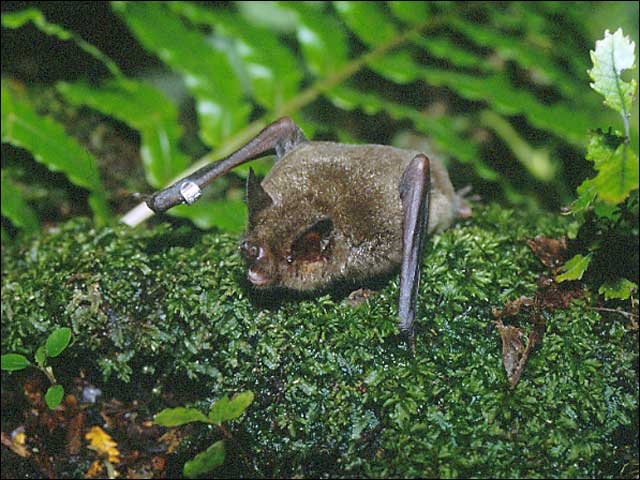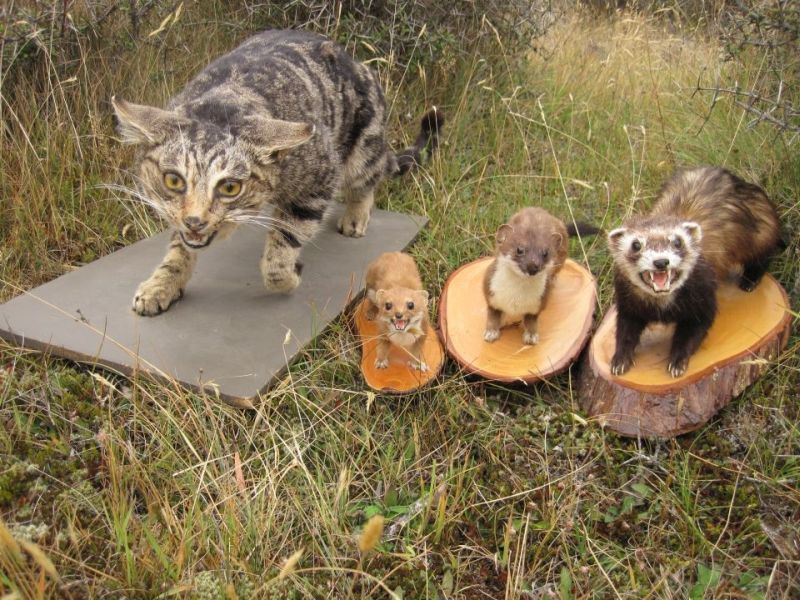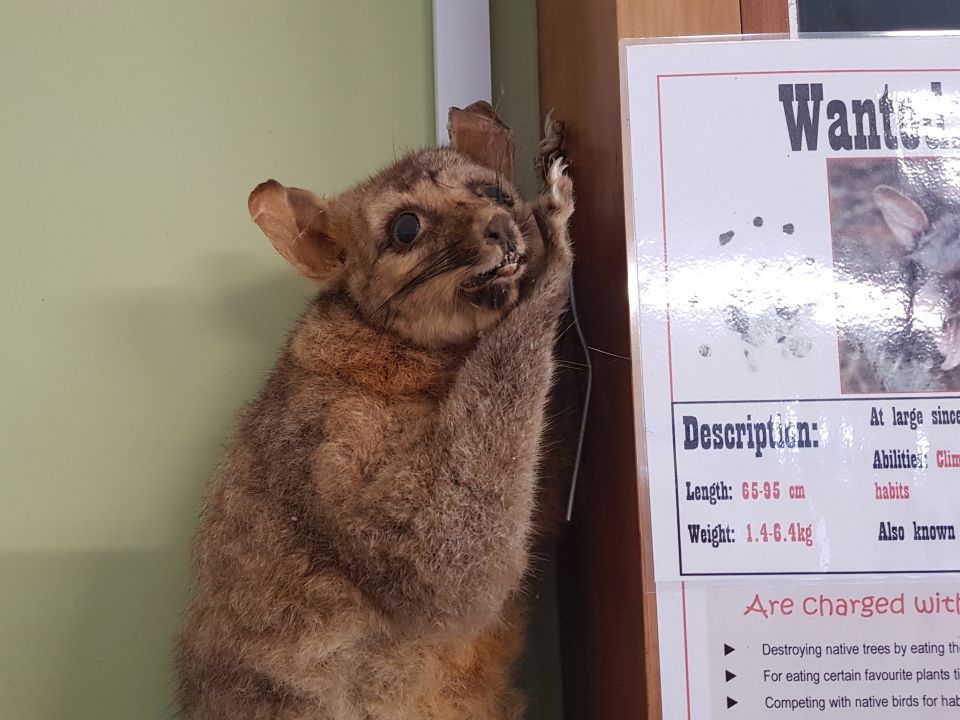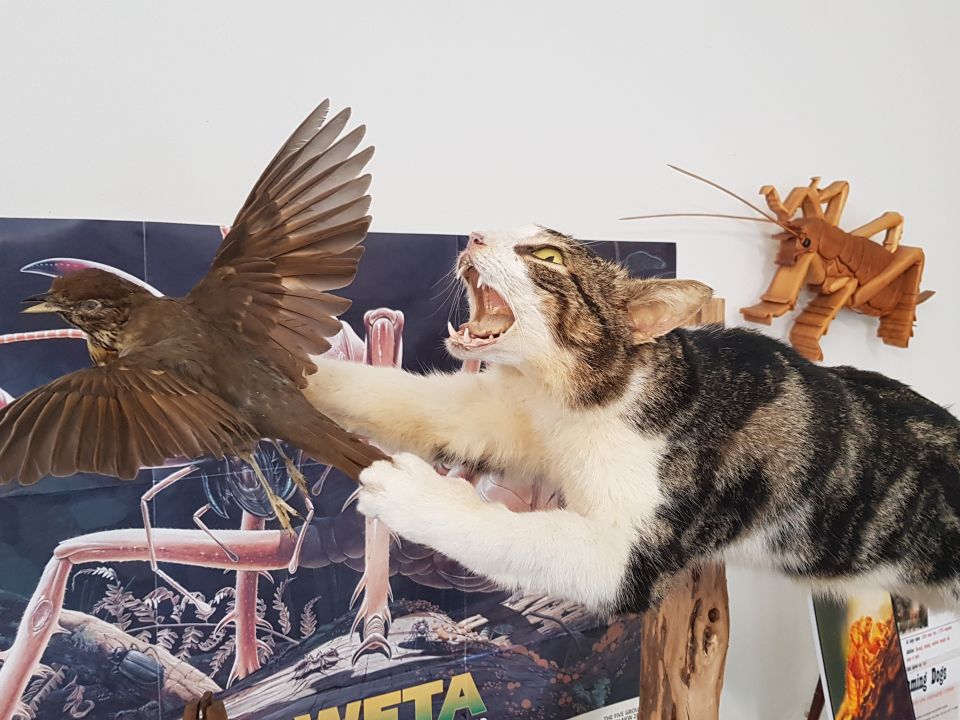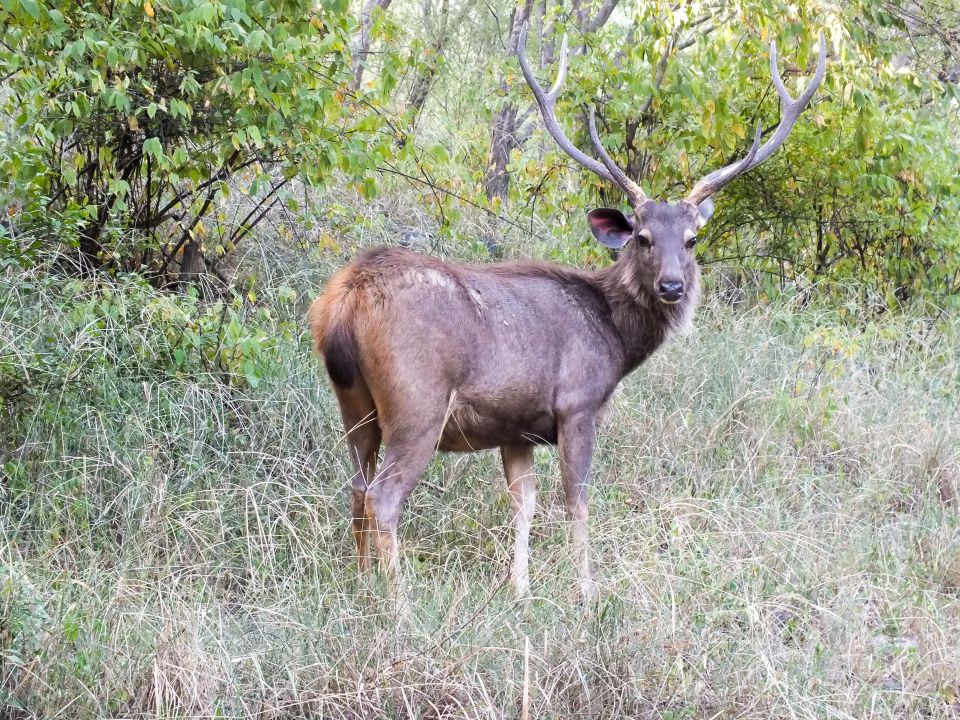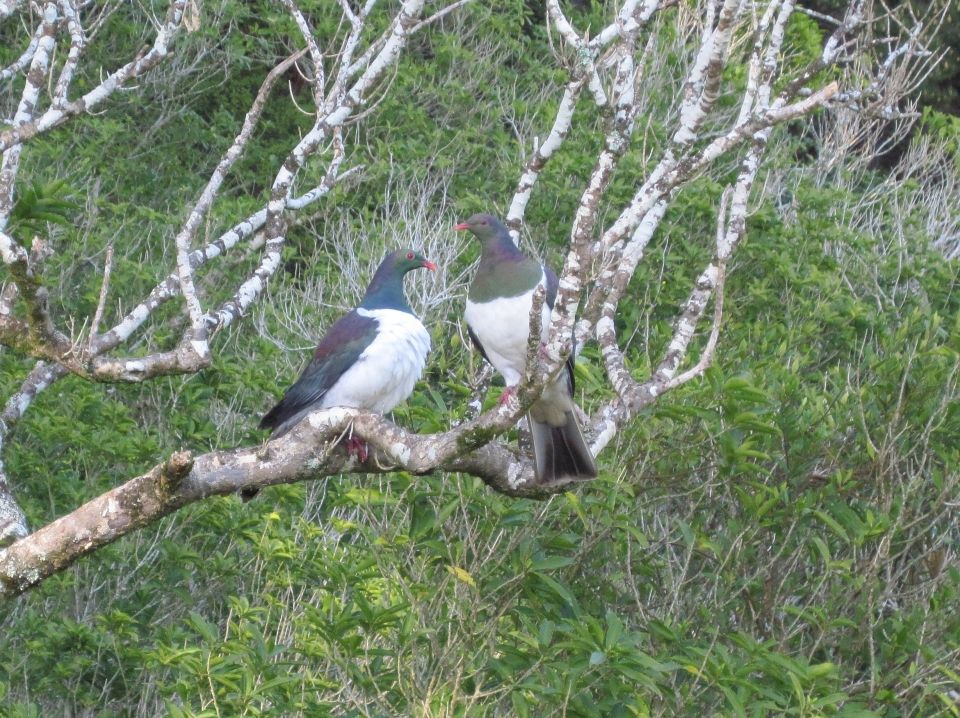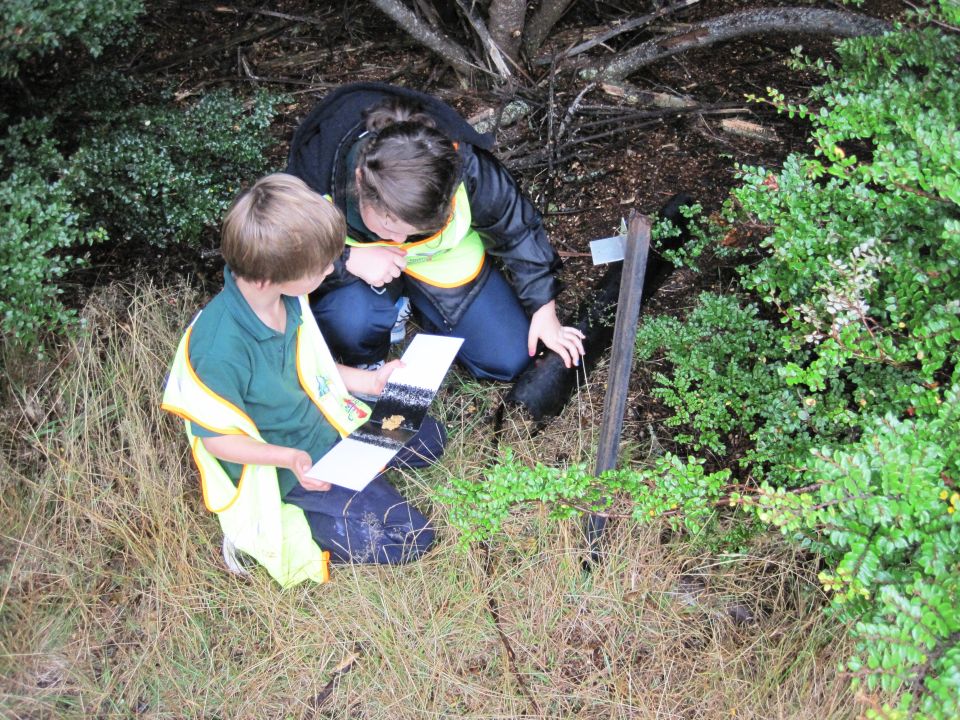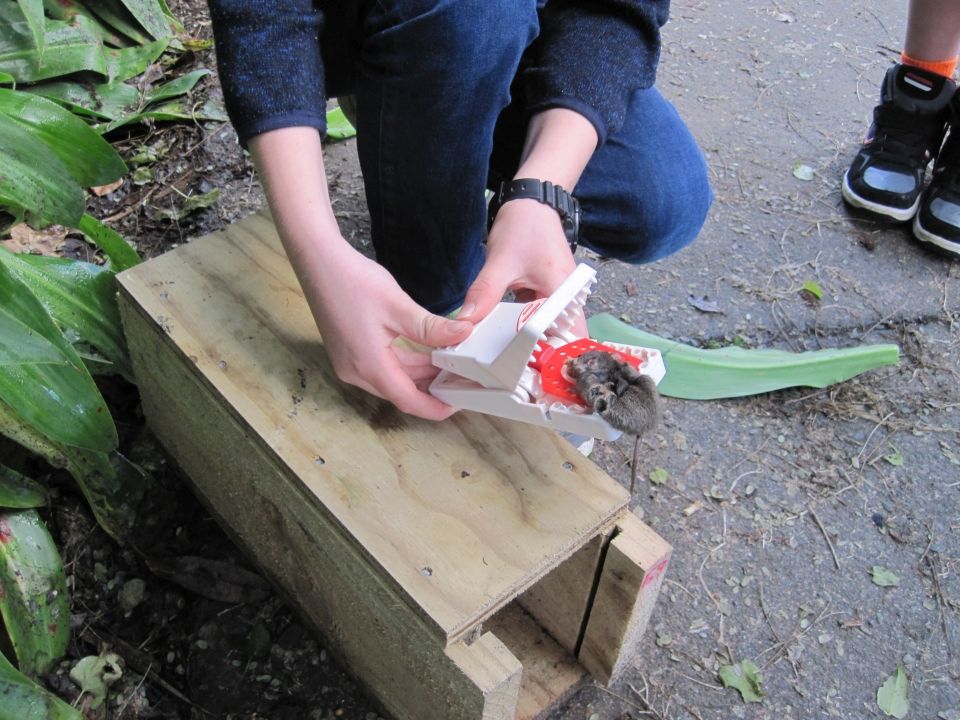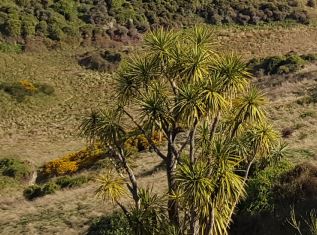Why are some animals a pest?
New Zealand has been geographically separated from other land masses for over 80 million years. Throughout this time our native wildlife learned to live without land mammals, while our native plants have not needed to develop defences against them. The only mammals living here during that time were bats.
When people arrived they also brought in land mammals. Sometimes this was intentional (for example, rabbits) and sometimes accidental (for example, ship rats). These animals took a serious toll on the survival of our native plants, birds, reptiles and invertebrates. New Zealand’s special biodiversity was unable to deal with the threat. In many parts of the country these introduced animals are now pests.
What do animal pests do?
Pests such as possums, rats, feral cats and stoats compete with our native birdlife for food and habitat. They also eat the eggs and young and attack the adults. They are also a major cause of decline for many other species, including reptiles and invertebrates. These animals are often called predators.
Larger pests such as goats and deer cause damage to native forests by feeding on forest plants, trees and seedlings. Forests can’t regenerate when these young seedlings are eaten. Pigs stop forest growth by digging up the forest floor in search of grubs and roots.
- Find out more about the different animal pests in New Zealand.
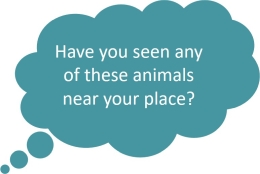
Predator Free 2050
Predator Free 2050 is an ambitious goal to get rid of New Zealand’s most damaging introduced predators: rats, stoats and possums. Becoming predator-free will have many benefits for New Zealand. A key benefit is the protection of our native and endemic biodiversity. It also has cultural, social and economic benefits.
- Find out more about the benefits of going predator free.
- Watch this video: New Zealand's Most Wanted: Possums, Rats, Stoats.
How can you get involved?
Predators are found in both urban and rural areas. In urban areas, you can make a difference by monitoring and trapping predator species on your own property. Schools can also make an impact by working with local councils to control predators in the school grounds and encourage the wider community to get involved.

